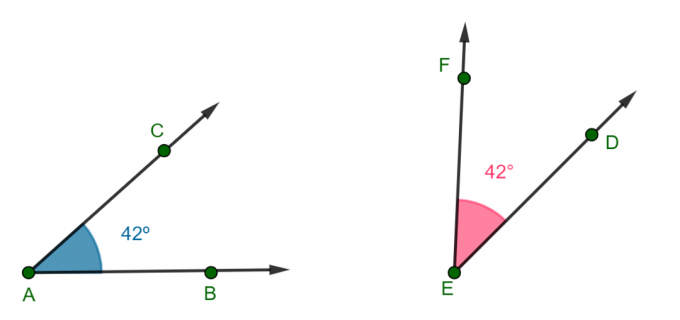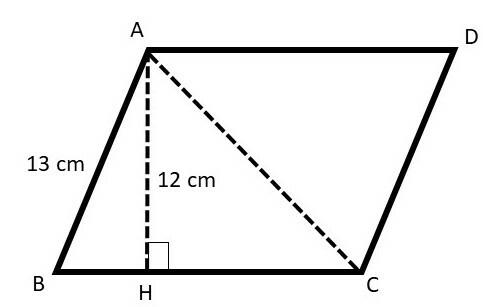Leo Szilard (1898-1964) was an American physicist and inventor. He was born in Hungary and played a key role in the development of the atomic bomb. Although he was vehemently opposed to using the bomb in war, Szilard found it important to perfect the superweapon before Nazi Germany.
In 1933, Szilard developed the idea of a nuclear chain reaction. In 1934, he teamed up with Enrico Fermi to patent the world's first nuclear reactor. He also wrote the letter signed by Albert Einstein in 1939 that convinced US President Franklin Roosevelt of the Manhattan Project's need to build the atomic bomb.
After the bomb was successfully tested on July 16, 1945, he signed a petition asking President Harry Truman not to use it in Japan. Truman, however, never received the document.
Early life
Leo Szilard was born on February 11, 1898, in Budapest, Hungary. A year later, his Jewish parents, Louis Spitz and Tekla Vidor, changed the family name from the German “Spitz” to the Hungarian “Szilard”.
Even during high school, Szilard showed aptitude for physics and mathematics. He won a national math award in 1916, the year he graduated. In September 1916, he attended the Palatine Joseph Technical University in Budapest as an engineering student. He joined the Austro-Hungarian army in 1917, at the height of World War I.
Early Education and Research
Forced to return to Budapest to recover from the dreaded Spanish Flu of 1918, Szilard never saw battle. After the war, he briefly returned to college in Budapest, but transferred to the Technische Hochschule in Charlottenburg, Germany, in 1920.
He soon changed colleges and courses, studying physics at Berlin's Humboldt University, where he attended lectures by Albert Einstein, Max Planck, and Max von Laue.
After earning your Ph.D. in physics at the University of Berlin in 1922, Szilard worked as von Laue's research assistant at the Institute of Theoretical Physics. In 1927, Szilard was hired as an instructor at the University of Berlin.
It was there that he published his article “On the reduction of entropy in a thermodynamic system by intervention of intelligent beings”, which would become the basis for his later work on the second law of thermodynamics.
Nuclear Chain Reaction
Faced with the threat of the Nazi Party's anti-Semitic policy and harsh treatment of Jewish academics, Szilard left Germany in 1933. After living briefly in Vienna, he arrived in London in 1934.
While experimenting with chain reactions at St. Bartholomew's Hospital in London, he discovered a method of separating radioactive isotopes from iodine.
This research led Szilard to receive the first patent for a method for creating a nuclear chain reaction in 1936. As war with Germany became more likely, his patent was entrusted to the British Admiralty to ensure his secrecy.
Szilard continued his research at Oxford University, where he intensified his efforts to alert Enrico Fermi of the dangers to humanity of using nuclear chain reactions to create weapons of war instead of generating energy.
The Manhattan Project
- Free Online Inclusive Education Course
- Free Online Toy Library and Learning Course
- Free Online Math Games Course in Early Childhood Education
- Free Online Pedagogical Cultural Workshops Course
In January 1938, with the impending war in Europe threatening his work, and his very life, Szilard immigrated to the States. United, where he continued his research on nuclear chain reactions while teaching at Columbia University in New York.
When they arrived in the United States in 1939, German physicists Otto Hahn and Fritz Strassmann discovered nuclear fission. Szilard and several of his fellow physicists convinced Albert Einstein to sign a letter to President Roosevelt explaining the devastating destructive force of an atomic bomb.
With Nazi Germany now on the verge of taking Europe, Szilard, Fermi and their associates feared what might happen to the United States if Germany built a bomb in the first place.
Convinced by the Einstein-Szilard letter, Roosevelt ordered the creation of the Manhattan Project, a famous collaboration of American, British and Canadian scientists dedicated to harnessing nuclear energy for ends military.
As a member of the Manhattan Project from 1942 to 1945, Szilard worked as chief physicist alongside Fermi at the University of Chicago, where he built the world's first nuclear reactor. This advance led to the first successful test of an atomic bomb on July 16, 1945, in White Sands, New Mexico.
Shaken by the destructive force of the weapon he had helped to create, Szilard decided to devote the rest of his life to nuclear security, arms control and the prevention of further development of nuclear energy for military.
After World War II, Szilard was fascinated by molecular biology and the groundbreaking research done by Jonas Salk in Polio Vaccine Development, Helping to Found the Salk Institute of Studies Biological.
During the Cold War, he continued to demand international control of atomic weapons, the advancement of peaceful uses of nuclear energy, and better US relations with the Soviet Union.
Szilard received the Atoms for Peace Award in 1959, and was named Humanist of the Year by the American Humanist Association, and received the Albert Einstein Award in 1960. In 1962, he founded the Council for a Livable World, an organization dedicated to delivering “the sweet voice of reason” on nuclear weapons to Congress, the White House and the American public.
the voice of the dolphins
In 1961, Szilard published a collection of his own short stories, “A Voz dos Golfinhos”, in which he predicts that moral and political issues will be triggered by the proliferation of atomic weapons in the year 1985. The title refers to a group of Russian and American scientists who, by translating the language of dolphins, discovered that their intelligence and wisdom exceeded that of humans.
In another story, "My Trial as a War Criminal," Szilard presents a revealing, albeit fantasized, vision of being tried for war crimes against humanity after the United States unconditionally surrendered to the Soviet Union, after losing a war in which the USSR had unleashed a devastating war program germinal.
Personal life
Szilard married a doctor named Gertrude Weiss on October 13, 1951, in New York. The couple had no children. Before her marriage to Dr. Weiss, Szilard had been a partner with opera singer Gerda Philipsborn during the 1920s and 1930s.
cancer and death
After being diagnosed with bladder cancer in 1960, Szilard underwent radiation therapy at Memorial Sloan-Kettering Hospital of New York, using a cobalt 60 treatment regimen that Szilard himself had designed. After a second round of treatment in 1962, Szilard was declared cancer-free. Cobalt therapy designed by Szilard is still used to treat many inoperable cancers.
During his later years, Szilard served as a member of the Salk Institute for Biological Studies in La Jolla, California, which he helped found in 1963.
In April 1964, Szilard and Dr. Weiss moved to a bungalow in La Jolla, where he died in his sleep on May 30, 1964, aged 66. Today, some of his ashes are buried in Lakeview Cemetery, New York, next to his wife.
The password has been sent to your email.



